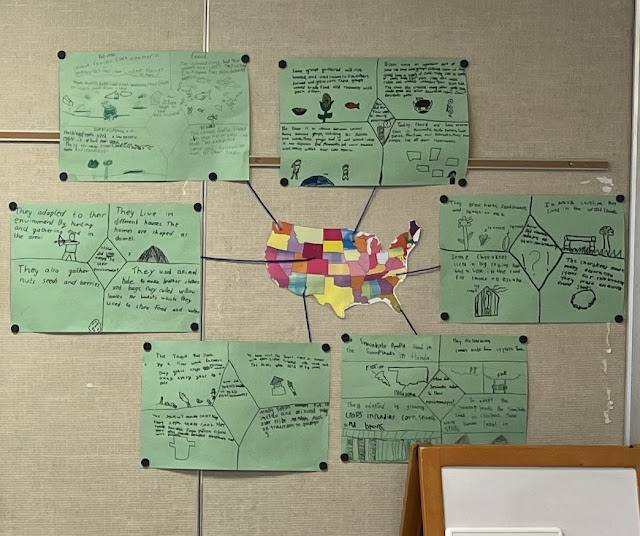Active Learning in the Modern Classroom
Active Learning Through Jigsaw Discussions
Whether educators like it or not, a teacher-centered classroom is a thing of the past. While direct instruction is still necessary at times, to meet the needs of our gen. Alpha learners a student-centered classroom, a classroom that prioritizes active learning, is the key. Active learning provides for a more meaningful learning experience, as the students are given the chance to form connections through first-person opportunities. These opportunities can range from low stakes turn-and-talks to complex Genius Hour presentations. Despite the opportunity, the goal is always the same, giving the student a chance to form their own understanding, meaning, or idea related to the topic of instruction.
One active learning strategy that is sure to engage learners is jigsaw discussions. Jigsaw discussions give students the opportunity to become an expert on one specific topic, idea, or solution, and then gives students the chance to share what they learned with their peers. Not only does this require the students to form a comprehensive understanding of their assigned material, but it also requires them to take what they learned and present it in a manner that their classmates will be able to both understand and apply in their own rights. In this sense, the student becomes the teacher, and must consider how to best present their newfound information to their peers. This task helps the students better understand their assigned material, for if they do not truly understand it, they will not be able to recall it for others.
I have seen this strategy in action, as I employed it while teaching both 6th and 3rd grade. This strategy has become particularly useful during my social studies lessons. When approaching a chapter what contains multiple ideas or topics, I will split my students into groups so that they can become an expert on one topic and share this valuable information with their peers. For example, I used this strategy during my 6th graders' introductory unit on the geography of Ancient India. Since there were many important rivers, mountains, and physical features my students needed to know to understand how the civilizations of Ancient India developed, I placed my students into groups, had them become experts on one of these features, and then share its significance with the class. While one group was sharing what they learned, the rest of the groups were taking notes on the key features their experts were educating them on.
I also conducted a similar activity using this active learning strategy with my 3rd graders this school year. During our study of geography and how it affects communities, I divided my class into groups, and asked each group to learn about how a specific Native American tribe adapted to their surroundings. As the groups became experts on their tribes, they created posters that they would later use to share what they learned with their classmates. Once all of the groups had shared what they learned, our class was able to have a meaningful discussion related to the impact geography and climate have on the people living in those regions.
 |
| Image property of author |

Hi Kaitlin!
ReplyDeleteAwesome way to utilize jigsaw discussion in your teachings! I think when look back on my school years during those grades- jigsaw discussions played a lot into lessons. The one that comes most vividly to mind is human anatomy class and having to go into groups for different systems of the body.
Hi Kaitlin,
ReplyDeleteI loved reading about your geography lesson! It sounds like it was super engaging. I'm really interested in the jigsaw method and I like how you talk about your real life applications. This geography lesson could probably be well adapted for a library environment.
This is a great example, Kaitlin. Thanks for including the image of the work as well!
ReplyDelete